Many know the border town of Chau Doc simply as a waypoint on the river route from Saigon to Phnom Penh.
Weary travelers arrive late in the day, only to leave on an early boat the next morning, never really having seen this town of a little over 150,000 inhabitants. However, from holy pilgrimage sites and floating markets to a stunning bird sanctuary and lovely mosques and pagodas, Chau Doc deserves to be a destination into itself. These are the stories of Chau Doc as told by its people.
Water world
Near where the Chau Doc River merges with the Hau River (a branch of the Mekong River), barges congregate into a floating market, their produce conveniently advertised on long poles. Along the banks, houses also float, many doubling as fish farms.
Oanh lifts up a plank from the floor of her houseboat, tossing in a handful of food pellets, sending the fish into a frenzy. “We buy each fish for VND2,500 and after eight to 10 months, we can sell them for about VND 35,000 per kilo. They eat about 2.5-3kgs of food each, meaning we need to put out about VND 2.5b per season to raise 150,000 fish,” she says shrewdly of the fish that inhabit the 1,000 cubic meters of space under their two boats.
Traditionally, these floating houses were buoyed by large rafts of bamboo, but have since been replaced by PVC piping or plastic drums. “We have cool breezes all day. It’s clean, not dusty like on land,” says Oanh. She pulls an electric line from the road, helped along by bamboo poles every few meters. A pump supplies their water needs.
The lives of her family are closely connected to the fish who swim beneath her home. “Sometimes we hear them thrashing at night. That means they’re not getting enough oxygen because the river isn’t flowing fast enough. We’ll have to get up, angle our motorboat in the right direction and turn on the motor to create a current for them. Other times, we’ll even make food for them out of sea fish, rice and potatoes. It’s a hard life and I’d rather not have my children do it. On the other hand, because we live right here above the fish, our family is always together. Whatever we lack in money, we make up for in love.”
The two million dollar man
Less than an hour’s drive southwest of Chau Doc lies Tuc Dup Hill. Standing 216m high, this outcrop of large, smooth boulders conceals a network of connecting caves, explaining why it became a strategic base of operations for the Northern Vietnamese during the American War. For 128 days in 1968-9, it was the site of an intense battle, earning its nickname of ‘Two Million Dollar Hill,’ the amount of money the US purportedly spent on bombs in an unsuccessful attempt to take the hill.
Convenient walkways and stairwells now make it easy to climb the hill, however, once at the caves, steep descents and extremely narrow natural passageways reveal why the hill was never taken. “The bombs were so loud,” remembers Le Thanh Cu, 82, one of the oldest surviving members of the resistance fighters, permanent hearing loss a result of those difficult times. Leaving home at 16 to join the army, first fighting the French and then the Americans, Cu recalls the emotions that led this otherwise peaceful man into a life of war. “The French burned our house many times. It got so we didn’t have anywhere to live. Then came the Americans. We have a saying that you bring in a snake to kill the chickens. That’s what happened. The South Vietnamese brought in the Americans to kill their own brothers. They wanted war. I wanted peace.”
Now Cu lives just down the road from Tuc Dup Hill in a modest home made extraordinary by the dozens of military certificates and awards on display. “Leaves never fall far from the roots,” he says by way of explanation for why he settled so close to the site of his proudest victory. “We were 260 people, soldiers and civilians. There were nearly 20 women who fought with us and three or four children were even born during those 128 days, but not a single one was born normal because of the chemicals or malnutrition. We didn’t know how long the battle would go on. But the local people supplied us with food. We had water from the natural springs and caught fish. We had very few weapons. I remember actually using a rifle and waiting until the pilots flew very low to fire on them or at the fuselages. My heart has changed since then, though. I know it was the fault of the politicians, not the people. I have no anger left. We were all stupid then. All we knew how to do was pull the trigger.”
Melting pot
Chau Doc’s geography means it is home to diverse ethnic and religious communities where Cambodians, Vietnamese, ethnic Chinese and Muslim Cham live peacefully side by side. Along the banks of the Chau Doc River lies Phum Soai, a small Cham community. The broad, clean streets feature neat houses, anchored by a town mosque. Descendants of the Champa Kingdom, the community here practices a rustic form of Sunni Islam, most probably introduced by seafaring Muslim traders in the late 10th and early 11th centuries and bolstered by the arrival of Muslim Chams from Cambodia in the mid-19th century.
Eighty-one year old Ayesah welcomes us into her simple wooden home, nimbly laying out mats and an assortment of dates and biscuits. “I’m old. I’m not pretty,” she laughs while covering her two remaining teeth, her face beautifully weathered and cloaked in a delicate shawl. She says something to her daughter in Arabic who soon emerges with a platter of watermelon. Born in nearby Chau Giang, Ayesah proudly shows off her many prayer rugs and fingers a delicate strand of turquoise prayer beads. She speaks of life as a Muslim Cham in Vietnam, surrounded by her three children and 10 grandchildren.
“I can read the Koran in Arabic,” she says proudly. “The children here study Vietnamese in school and Arabic in the evenings at the mosque. When they get older, they will go off to Saigon for university, but I know they won’t forget where they came from.” While the community is exclusive (those wishing to marry into it must convert to Islam), they freely intermingle with their Vietnamese and Khmer neighbors. “There used to be prejudice many years ago, but we’ve learned to live together.”
Enchanted forest
Just 30km southwest of Chau Doc lies the protected, 850 hectare Tra Su Forest. Home to hundreds of species of plants, birds, animals and reptiles, the eco-diversity is impressive. The area can be explored on foot, along pretty paths lined by cajuput trees with their flaky, spongy bark, by bicycle or most stunningly, by boat.
Vui is one of 11 rowboat ladies who ferry visitors through the flooded mangrove forest. For each 15-minute trip, she earns VND15,000. “I’m happiest when there are lots of tourists, of course,” she says as she paddles the sturdy boat through a thick, living carpet of water lettuce, past waterbirds dancing their way over the aquatic vegetation and storks nesting high in the trees above. The combination of lush greenery and gnarled trees set against a soundtrack of bird calls is mesmerizing. Vui’s husband operates one of the motorboats that takes visitors deeper into the forest where a short walk leads to a 25m watchtower for a bird’s eye view of the canopy, with Nui Sam in the distance. “The money helps us send our children to school. Being surrounded by nature every day is just a bonus.”
Lady luck
At the base of Nui Sam Mountain, just outside of Chau Doc, is the Lady Xu Temple, one of Vietnam’s most holy sites. Legends and oral traditions abound of this sacred, slightly larger than life-sized statue. Some say it’s actually a representation of Shiva from the sixth century, possibly by the Oc Eo civilization, while others say it’s a Khmer Buddha statue, and painted over by the Vietnamese into a coffee-colored female deity. One legend says it was found 200 years ago atop Nui Sam and could only be carried down by nine virgins.
Whatever its origin, Lady Xu today has a healthy cult of followers, attracting upwards of 2 million pilgrims for her annual festival (usually in May).
“I don’t know if it’s true, but people say that Lady Xu gets fatter every year. They have to change the measurements of her costumes,” says Nghia, one of the temple workers, as he sorts out baskets of fruit and whole roasted pigs brought by the devout who also burn paper costumes and printed prayers in the courtyard. Stacks of rice and other gifts line the inner area of the lotus-shaped temple, and there is an entire showroom of colorful sequined robes and ornate headdresses used as part of the annual ceremony which includes bathing and re-dressing the statue. Bits of cloth from older robes are placed in envelopes as lucky charms for people to take away. “My mother came here to pray for my grandmother’s recovery, and it worked. Personally, I’m not sure if I believe, but it never hurts to ask,” he smiles.
If you go…
The floating market reaches its peak between 7am – 9am. boats are available for hire along the promenade adjacent to the Victoria Chau Doc Hotel. The fish farms are private houses and require prior permission to board.
Tuc Dup Hill is located near Tri Ton District. There are buses from Chau Doc for the 45km trip, but the last few kilometers require a motorcycle or taxi. There are a few mounted maps (all in Vietnamese) explaining what each cave was used for and some of the caves feature life-sized dioramas. Gun enthusiasts can try out the shooting range at the base of the hill (AK-47 bullets cost VND10,000 each).
The Cham village of Phum Soai is accessible by river or road. Visitors should dress modestly. Only Muslims may enter the mosque.
Entrance into the Tra Su Forest works out to about VND60,000 per person (depending on the number in your group), including all boat rides. Tips are appreciated. There are a few huts selling coconuts and snacks, but extend your stay by taking your own picnic lunch. The birds are most active in the early morning and late afternoon hours.
Visiting the Lady Xu Temple is free. Vendors across the street sell baskets of fruit and other offerings. While there, visit the Tay An Temple just down the road for an example of architecture featuring Indian, Khmer, Vietnamese and Chinese motifs.
Buffalo Tours offers tailor-made excursions to all these destinations, including extra touches like meeting up with a vet at Tuc Dup Hill or boarding a floating fish farm in Chau Doc.
The Victoria Chau Doc Hotel makes a stylish, comfortable base from which to explore the area. Set right on the Hau River, travelers will appreciate its French colonial architecture and spacious terrace with river views. For stunning panoramic views of the Delta, the boutique Victoria Nui Sam Lodge offers serenity at very reasonable prices. Doubles start at USD90 and USD52, respectively, including breakfast. Victoria also operates a daily, ultra-comfortable Saigon-Chau Doc coach featuring leather seats, individual tablets and wi-fi. See www.victoriahotels.asia
* Images provided by TMG

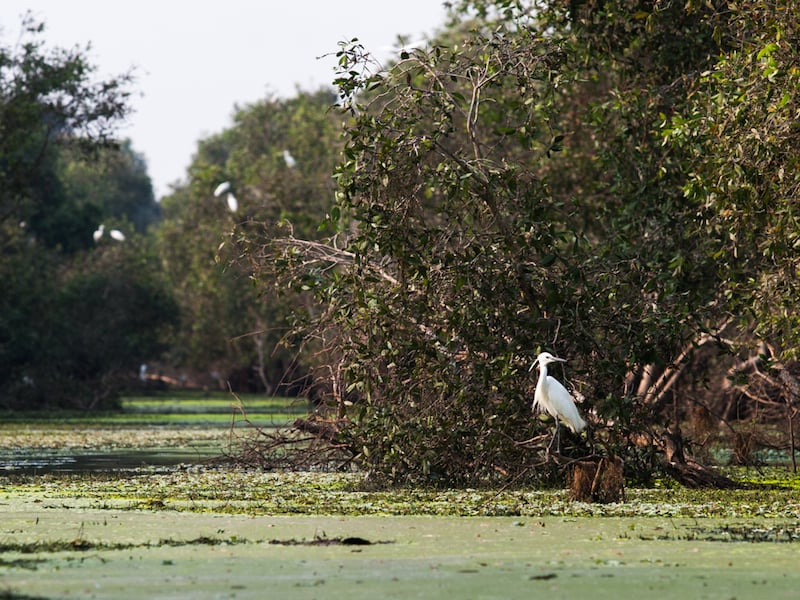



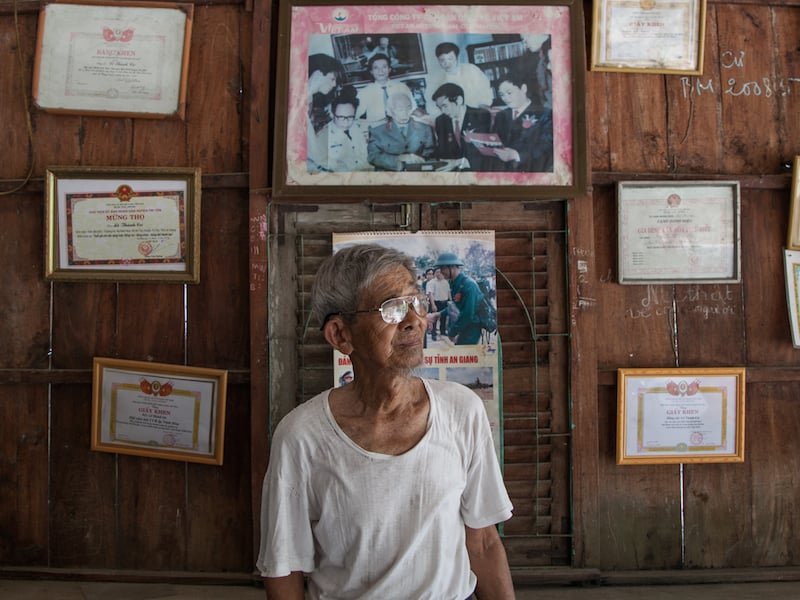
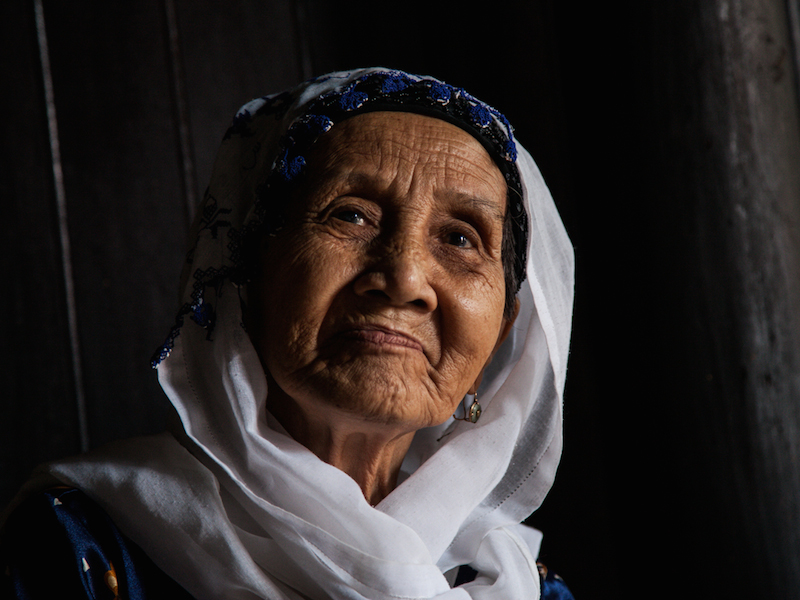

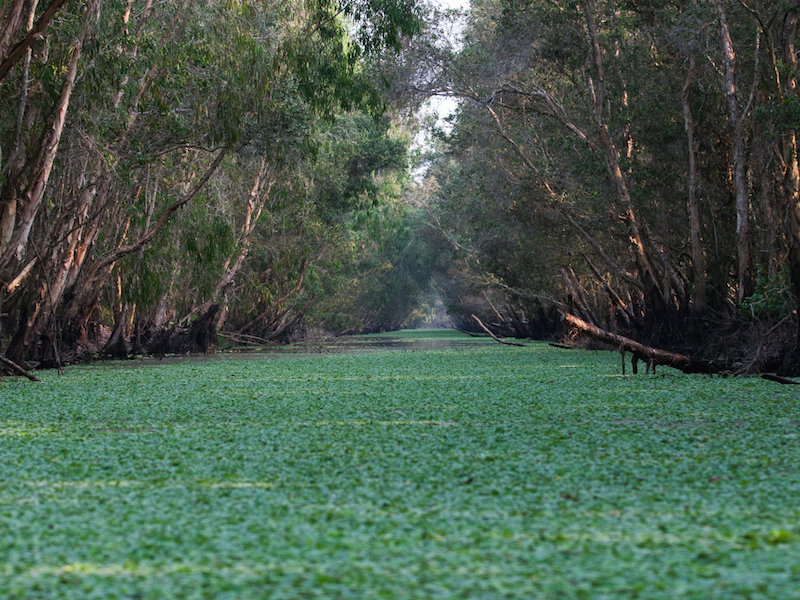
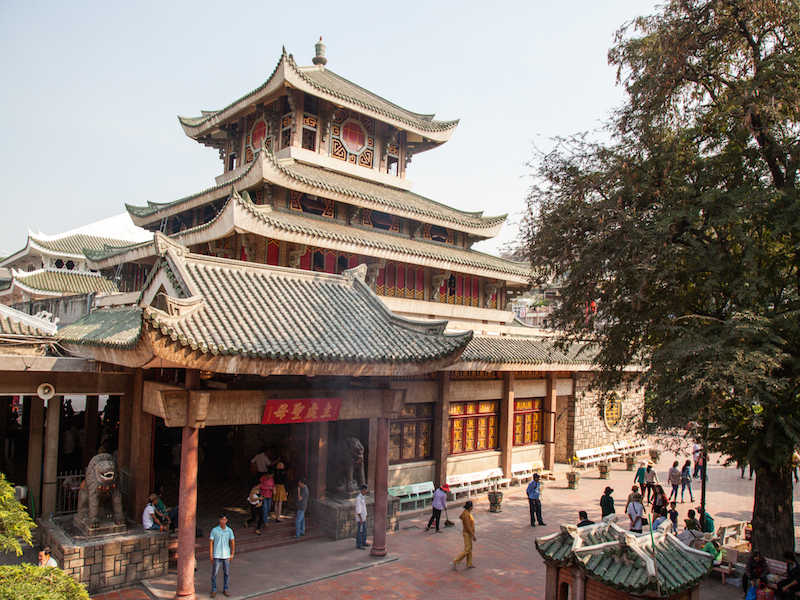
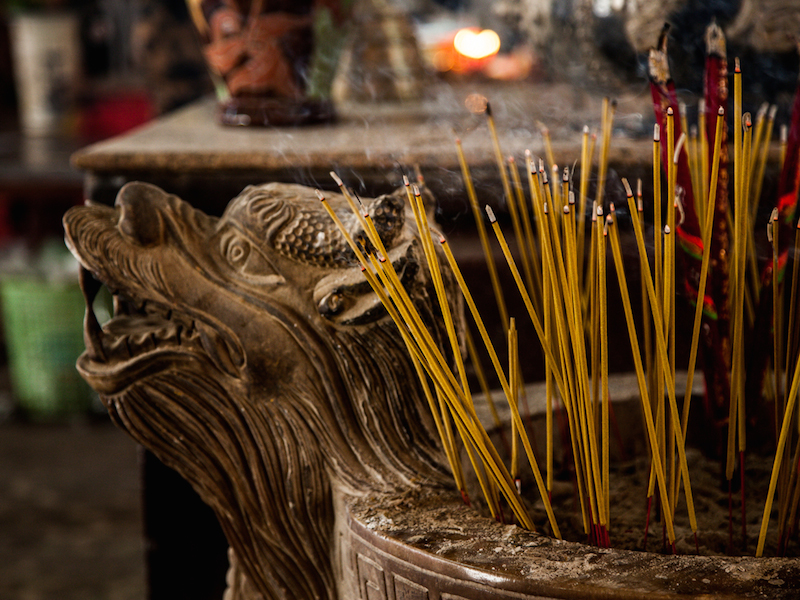



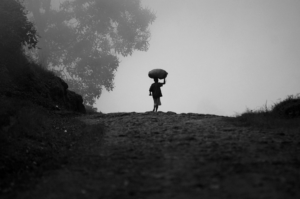
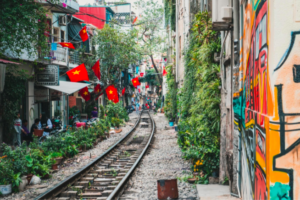

1 thought on “Chau Doc: gateway to the Mekong Delta”
It is very interesting to read all your detailed information. Thank you for sharing.